We have lived with the Bayer filter based digital camera design for many years now. Every so often someone comes out with something that will get over the limitations, but generally the advantages also have major disadvantages.
The big problem with Bayer filter cameras is the resolution is not as high as stated, they interpolate the data, are prone to Moire, and most have an anti-aliasing filters which blurs the image slightly to reduce the Moire.
The big splashes to hit the camera news recently has been the Light-field camera and the foveon sensor, and of course this month the Leica Monochrom a Black & White Sensor.
Light-field; while the theory has been with us since about 1908, its still more of a toy then a usable product. Its basically a sensor technology that does not need to be focused. Check out Steve Huff’s website for more information.
Foveon is a more interesting technology and a true rival for Bayer based sensors. Instead of having coloured filters in front of each pixel its a sensor that can actually see in colour thus you get far higher resolution then indicated by the megapixel count. It suffers a little from underdevelopment as its owned and solely used now by Sigma.
Generally modern Bayer based sensors have kept there lead, with megapixel counts in 35mm now at 36MP and with that count increasing each year, the need for anti-aliasing filters is becoming less, so the actual resolution is increasing even more.
In recent resolution tests the bare sensored Leica Monochrom which its 18MP sensor, lacking the Bayer filter and the anti-aliaising filter was more then a match for the new Nikon D800E which has 36MP and no anti-aliasing filter, but it was a close call.
Throwing more megapixels at the problem is so far keeping the Bayer filter ahead but lets hope someone comes out with a technology that gives us a purer solution. For a while then I think the Bayer filter based sensor is here to stay.
If your interested in digital processing check out the Chromasoft blog, he has some very interesting findings about Fuji’s none standard Bayer filter used in the new Fuji X1 Pro.
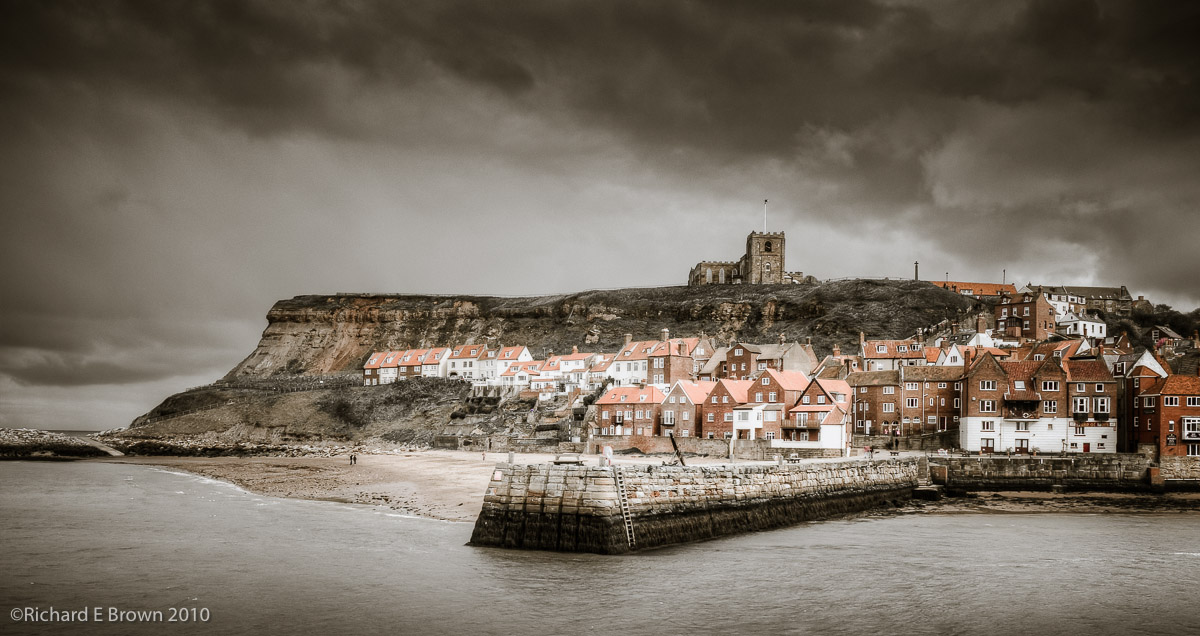
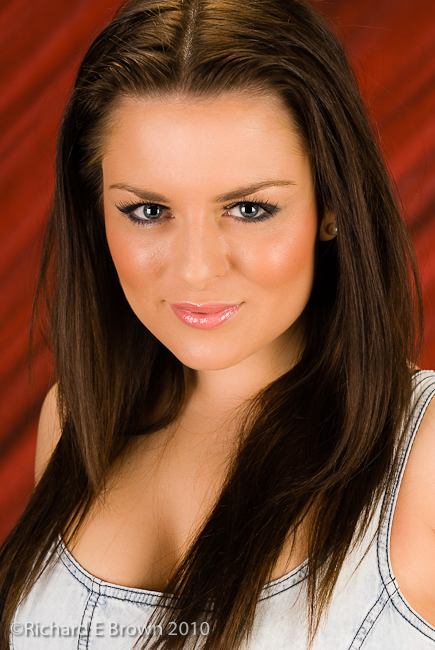


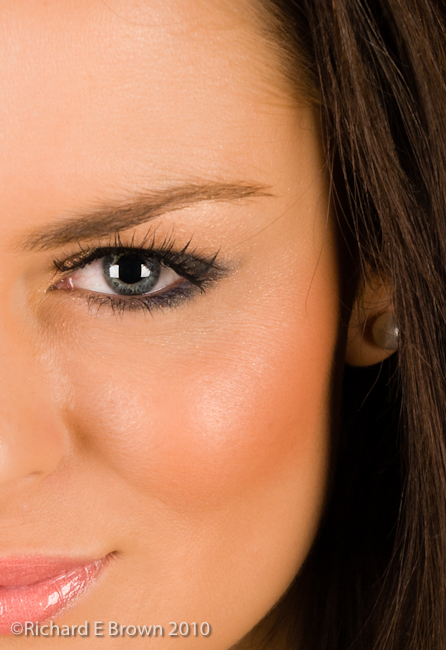
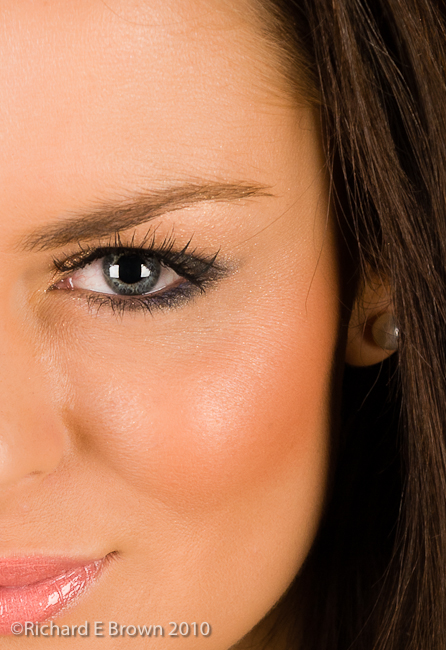

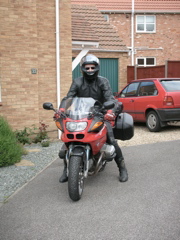
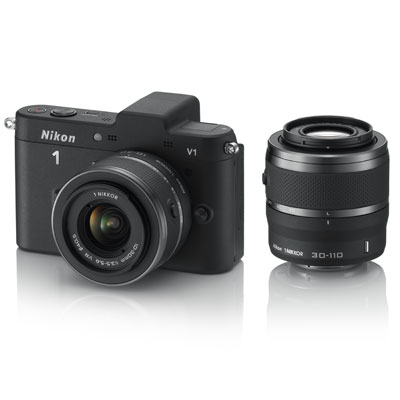 With the recent spring weather as well as Landscapes I have been shooting some Wildlife with my Nikon V1. I am now getting to know all the issues with the camera.
With the recent spring weather as well as Landscapes I have been shooting some Wildlife with my Nikon V1. I am now getting to know all the issues with the camera.











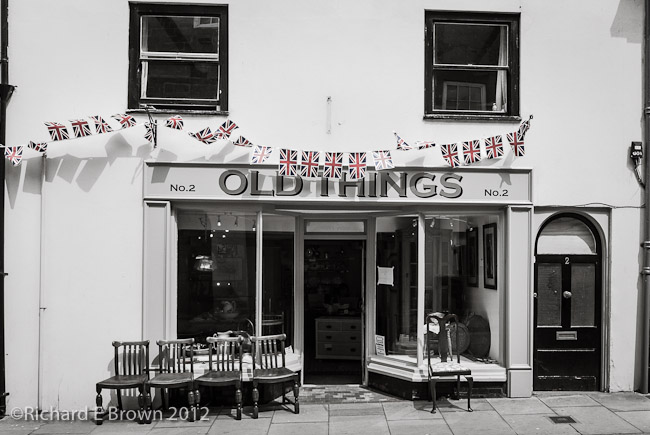 This weekend we are celebrating the Diamond Jubilee, for us in the UK we are enjoying a four day weekend, as we get an extra bank holiday in order to enjoy the celebrations.
This weekend we are celebrating the Diamond Jubilee, for us in the UK we are enjoying a four day weekend, as we get an extra bank holiday in order to enjoy the celebrations.